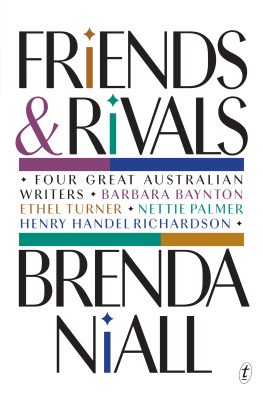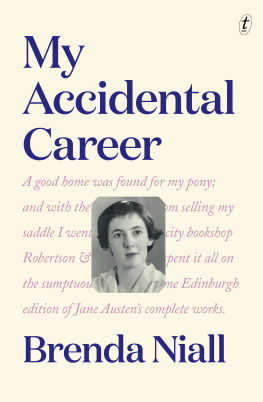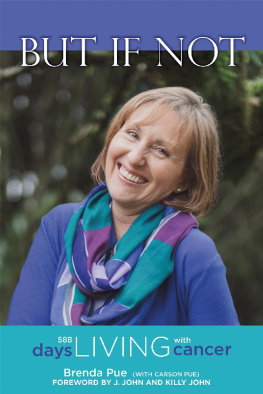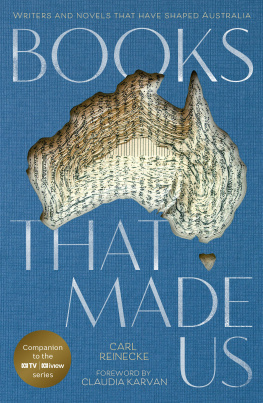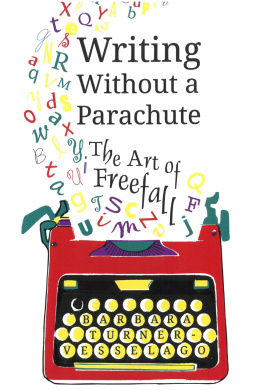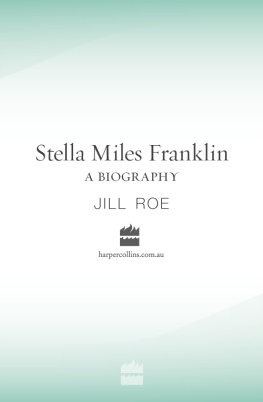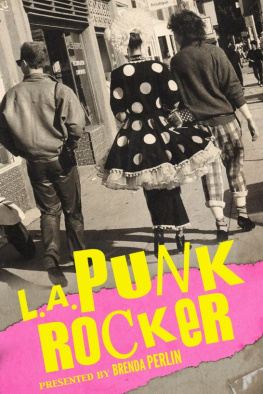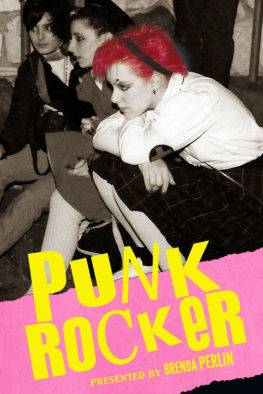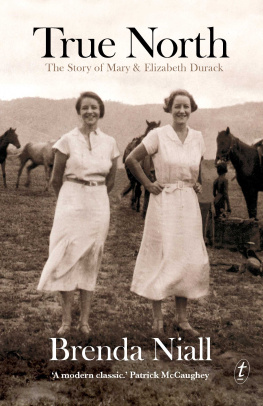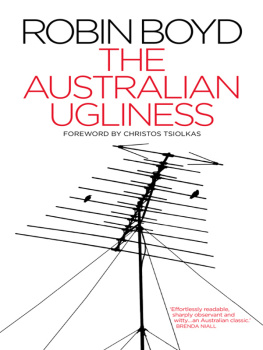Brenda Niall - Friends and Rivals: Four Great Australian Writers: Barbara Baynton, Ethel Turner, Nettie Palmer, Henry Handel Richardson
Here you can read online Brenda Niall - Friends and Rivals: Four Great Australian Writers: Barbara Baynton, Ethel Turner, Nettie Palmer, Henry Handel Richardson full text of the book (entire story) in english for free. Download pdf and epub, get meaning, cover and reviews about this ebook. year: 2020, publisher: The Text Publishing Company, genre: Non-fiction. Description of the work, (preface) as well as reviews are available. Best literature library LitArk.com created for fans of good reading and offers a wide selection of genres:
Romance novel
Science fiction
Adventure
Detective
Science
History
Home and family
Prose
Art
Politics
Computer
Non-fiction
Religion
Business
Children
Humor
Choose a favorite category and find really read worthwhile books. Enjoy immersion in the world of imagination, feel the emotions of the characters or learn something new for yourself, make an fascinating discovery.
- Book:Friends and Rivals: Four Great Australian Writers: Barbara Baynton, Ethel Turner, Nettie Palmer, Henry Handel Richardson
- Author:
- Publisher:The Text Publishing Company
- Genre:
- Year:2020
- Rating:5 / 5
- Favourites:Add to favourites
- Your mark:
Friends and Rivals: Four Great Australian Writers: Barbara Baynton, Ethel Turner, Nettie Palmer, Henry Handel Richardson: summary, description and annotation
We offer to read an annotation, description, summary or preface (depends on what the author of the book "Friends and Rivals: Four Great Australian Writers: Barbara Baynton, Ethel Turner, Nettie Palmer, Henry Handel Richardson" wrote himself). If you haven't found the necessary information about the book — write in the comments, we will try to find it.
Four Australian women writing in the late nineteenth and early twentieth centuriesa time when stories of bush heroism and mateship abounded, a time when a writing career might be an elusive thing for a woman.
Friends and Rivals is a vivid and engaging account of the intersecting and entwined lives of Ethel Turner, author of the much loved Seven Little Australians, Barbara Baynton, who wrote of the harshness of bush life, Nettie Palmer, essayist and critic, and Henry Handel Richardson, of The Getting of Wisdom and The Fortunes of Richard Mahoney fame.
Brenda Niall illuminates a fascinating time in Australias literary history and brings to life the remarkable women who made it so.
Brenda Niall is one of Australias foremost biographers. She is the author of five award-winning biographies, including her acclaimed accounts of the Boyd family and her portrait of the Durack sisters, True North. In 2016 she won the Australian Literature Societys Gold Medal and the National Biography Award for Mannix. In 2004 she was awarded the Order of Australia for services to Australian literature, as an academic, biographer and literary critic.
Deeply absorbing, fascinating and moving...now for the first time I have a sense of the women behind me...I loved the tonedetached and masterly but with a light touch, and a wit thats sharp but never cruel: and always sympathetically attuned to the strain of the womens attempts to find a balance between their inner and outer lives. Helen Garner
Few other writers have such an ability to understand and describe the relationships that create the characters of her subjects. Sydney Morning Herald
Among living Australian biographers, only Philip Ayres matches Brenda Niall for painstaking research serving narratives at once spirited and judicious...Dr Niall ignores nothing. Spectator
Brenda Niall: author's other books
Who wrote Friends and Rivals: Four Great Australian Writers: Barbara Baynton, Ethel Turner, Nettie Palmer, Henry Handel Richardson? Find out the surname, the name of the author of the book and a list of all author's works by series.

